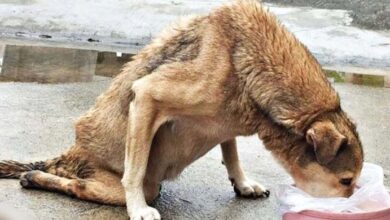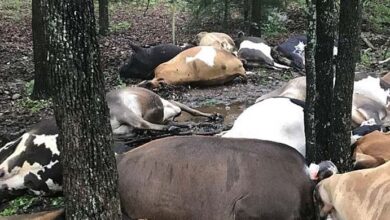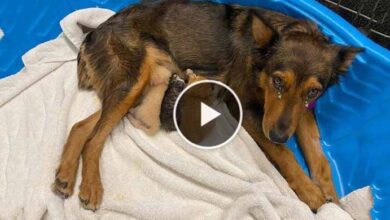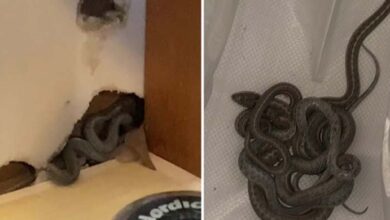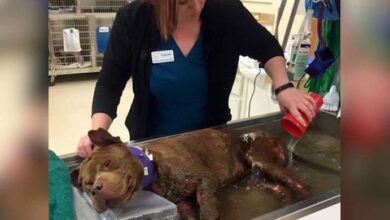My Dog Was Looking Into My Eyes As She Died: The Grief Of Losing A Pet Is Real

When the tired-looking woman at the animal emergency clinic shuffled into the holding room wearing an apron spattered startlingly with blood, she told me I had a choice. I could submit my dear, doddery 14-year-old Staffy to some major surgery to determine whether the painful spots in her beautiful belly – causing her now sleepless nights and great, whimpering distress – were in fact a cancerous cluster, killing her slowly from the inside. Or I could save her from the ignominy and terror of being sliced open (“at this age, she might not survive it anyway,” the nurse offered helpfully), ease her out of pain and help her to leave this mortal coil.

That night in September 2015, under the too-bright lights of the clinic, with a faint chorus of anonymous animal sniffles and howls echoing faintly through the building, I processed The Choice. I duly wept. I held her sore little panting body. I texted friends who had been in parallel situations.
I called a woman who worked with rescue animals and thus surrounded (too often) by similar decisions. She told me, in a firm voice, to be brave.
“Too many humans reach this stage in an animal’s life where they realise it’s The End and are overcome by a sudden wash of guilt,” she said. “Maybe they travelled too much, worked too much, didn’t spend enough time playing in the park. Then they see the opportunity to prove how much they loved their animal by throwing everything they have at keeping it alive. It’s selfish. Take her home, smile so she doesn’t pick up the depths of your grief, and let her go.”
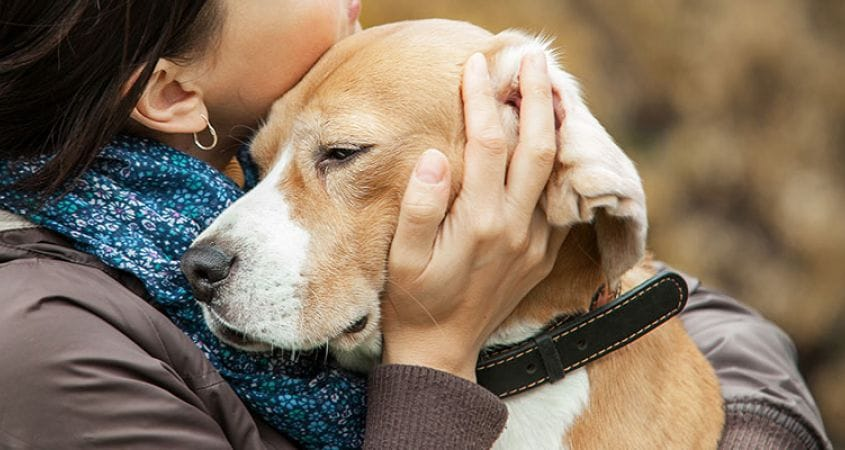
It was the hardest and best gift I’ve ever given. We drove her home, made her comfortable. I smiled and sang to her and a kind, gentle woman came to the house and assisted with the needle. My dog was looking into my eyes as she died and I carried her warm body out to the car before falling into a howling, on-my-knees trance I didn’t emerge from for months.
When writer Michelle de Kretser said goodbye to her beagle-whippet cross, Minnie, she wrote: “Every death, human or animal, that I’ve witnessed has brought only a crushing sense of loss: an overwhelming, unbearable not-here. Minnie weighed 12.5 kg and she was a world. She featured in one of my books, had a run-on part in another and led me to a third. I can’t imagine walking the streets we knew without her ballast beside me.”
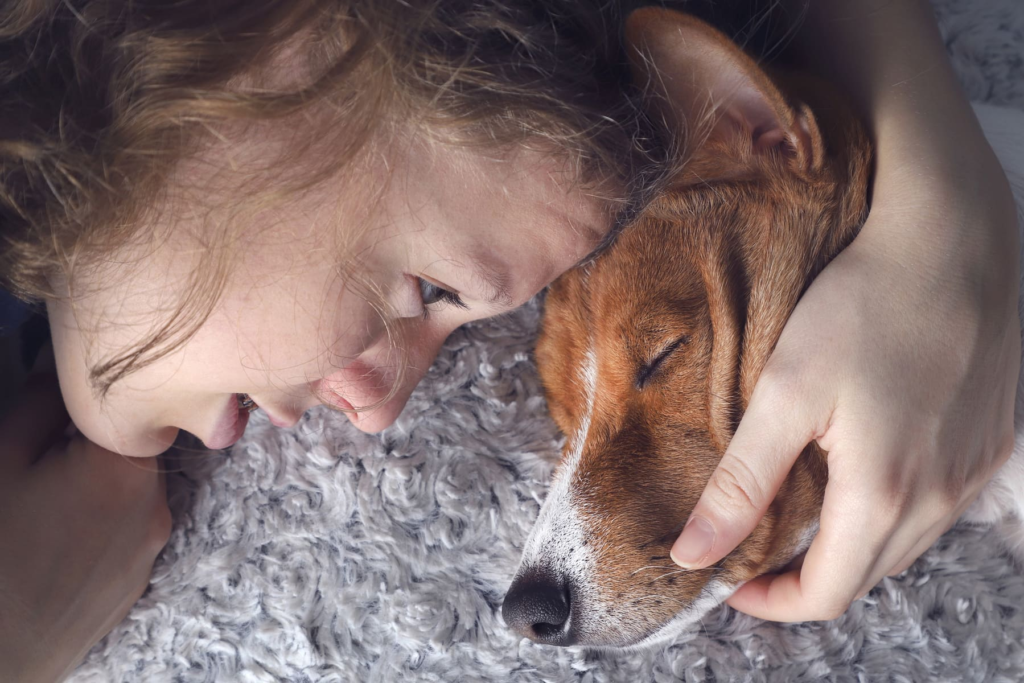
Learning how to grieve for a pet – and asking for that space – is something many of us struggle with. To attach too much sentiment to a non-verbal creature is seen to anthropomorphise; to ascribe a familial relationship upon something that would probably have no qualms in eating our corpse were we to go first. And yet, when we are brave enough to acknowledge the emotional impact an animal’s death has upon us, we are free to reach for the symbolism and ritual essential to start letting go. Some of us dig a hole in the backyard, paint a little wooden sign. Keep a tin of ashes on the mantel. Light a candle on the anniversary of Goodbye. We must acknowledge that the death of an animal is indeed the loss of a true love and friend and that our life, of course, will never be the same again.
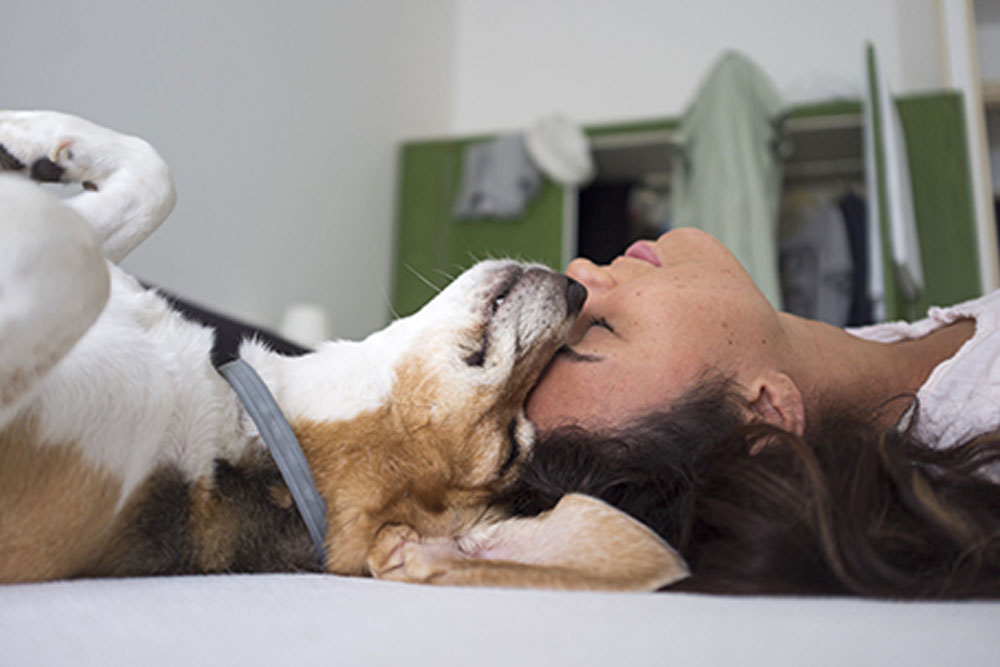
It is the brave and true course and the more we can hold space for those who are suffering silently, afraid of looking foolish, the better we will be together as humans.
My symbolism of grief is with me always – I mixed my dog’s ashes in with tattoo ink and had her attached permanently to my forearm. When I see the tattoo, I see her. We remain together in life and death and farewell, as it always should be. Animal and human, friend and family. Love.
NOTE : This Story Was Published in 2014
